Graphic logs
Type of resources
Topics
Keywords
Contact for the resource
Provided by
Years
Formats
Representation types
Update frequencies
Scale
-
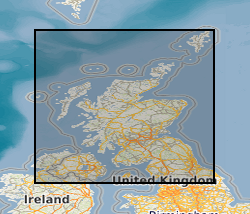
This dataset is an index of the Survey Collection of fossils for Scotland and Northern England. It is the digital equivalent of the analogue (card) index. The latter contains some 31k records, c.70% of which has been transcribed. The continually growing Survey Collection comprises about 450k samples (including nearly 30k specimens from the John Smith Collection) which are individually registered in c.150 leather bound volumes. The Oracle relational database BGS_FOSSLOC is a first step in ascertaining what registered fossil materials exist for certain areas, who collected them and when, their geographical and stratigraphical details, the type of collection (whether from boreholes or exposures), and any covering technical reports. It is also a pathway to an extensive and unique collection of paper graphic logs, some 18k of which record annotated information on fossil occurrences and assemblages at certain stratigraphical levels (particularly in the Carboniferous) in Scotland and Northern England.
-
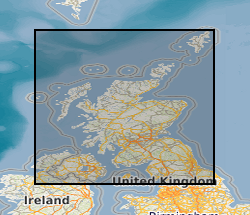
Stored in Murchison House, this dataset (FAUNGRAPHLOG_ED) is the BGS UK (North) collection of paper graphic logs from boreholes and measured natural sections, particularly in the Carboniferous of Scotland and northern England. Some 18000 of these records include hand written macrofossil occurrences and assemblages from certain (often subsequently interpreted) stratigraphical levels in the borehole or section. There is at present no separate index (either analogue or digital) to FAUNGRAPHLOG_ED but a pathway to it is FOSSLOC, the index to the Survey Collection of fossils from UK (North).
-
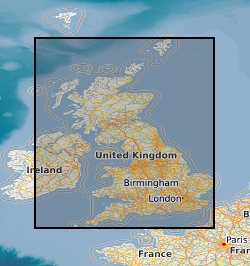
This index is a list of specimens and slides taken from the John Smith Collection and placed in the Type and Stratigraphical (T&S) Collection of Scotland and Northern England. To some extent it is the digital equivalent to part of the T&S analogue card index which is held in BGS Edinburgh. The data, however, appears to have been derived from the 5 leather bound volumes of the T&S register. The latter are held in BGS Keyworth, but equivalent information (microfilm and paper records) is held in BGS Edinburgh. The MS Access database (BGS_SMITH_GSE) contains 1123 records, it links the T&S register with that of the John Smith Collection (8 bound volumes held at BGS Edinburgh) and provides limited information on taxonomy, nomenclatural status and chronostratigraphy. It also has provision for stating where the specimen is housed. The repository of BGS John Smith specimens is the Edinburgh office.
-
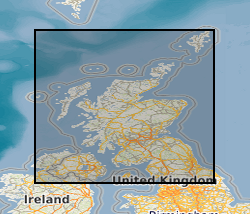
This dataset (GSE_SPECIMENS) is an index of the specimens and palaeontological slides held in the Type and Stratigraphical (T&S) Collection of Scotland and Northern England. This index along with GSE_REFERENCES (List Of Specimens From The UK (North) Type And Stratigraphical Collection And Related Publications) and to some extent SMITH_GSE (Index To Specimens Transferred From The John Smith Collection To The UK (North) Type and Stratigraphical Collection) are the digital equivalents of the analogue card index (held in BGS Edinburgh). The latter contains c.16k records, of which perhaps 25% have been transcribed. The sporadically growing T&S Collection (which is derived from the Survey Collection) comprises some 16k specimens. About 11k are housed at BGS Keyworth and c.5k remain at BGS Edinburgh. The specimens are individually registered in 5 leather bound volumes. These are held in BGS Keyworth, but equivalent information (microfilm and paper records) is held in BGS Edinburgh. For each specimen, the MS Access database MTD_GSE_SPECS provides a link with the Survey Collection, gives nomenclatural, taxonomical, geographical and stratigraphical information, an indication on where the fossil is housed, and any comments, perhaps on the state of preservation.
-
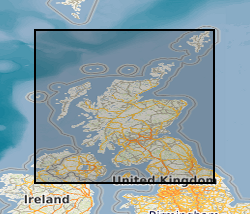
This dataset (GSE_REFERENCES) is a list of specimens held in the Type and Stratigraphical Collection of Scotland and Northern England, and the publications in which they are featured or illustrated. This database along with GSE_SPECIMENS (Index To The UK (North) Type And Stratigraphical Collection Of Fossils) and to some extent SMITH_GSE (Index To Specimens Transferred From The John Smith Collection To The UK (North) Type and Stratigraphical Collection) are the digital equivalents of the analogue card index (held in BGS Edinburgh).The latter contains c.16k records, of which perhaps 25% have now been transcribed. The MS Access database BGS_GSE_REFS presently contains 431 records (but does not include specimens from the John Smith Collection). This represents an unknown, but probably small, proportion of the Type and Stratigraphical Collection of Scotland and Northern England featured in publications. The database links with GSE_SPECIMENS, and can also provide species, authors and nomenclatural status. Many of the publications referred to are held in an extensive paper reprint collection.
-
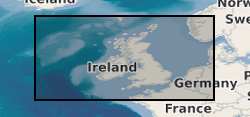
BGS has drilled almost 600 boreholes to prove seismic interpretations of the marine Quaternary geology and bedrock from the UK Continental Shelf (UKCS). The collection also includes additional third party data and has assisted in the creation of BGS Marine Geology Maps. The boreholes penetrate beneath the sea bed to depths ranging from about 10m to over 300m depending on the target depth or technical problems associated with drilling the borehole. The data includes descriptive geological core logs and data which has been captured from these and in some cases natural gamma logs. A variety of analyses has been conducted on the core material such as Particle Size Analysis, micropalaeontological, geotechnical, palaeomagnetic and age dating. Core material are managed as part of the BGS Materials collection and are available for examination and subsampling. The data are stored as part of the National Geoscience Data Centre (NGDC) and the Marine Environmental Data and Information Network (MEDIN) Data Archive Centre (DAC) for Geology and Geophysics. Data are delivered via the BGS Offshore GeoIndex http://www.bgs.ac.uk/GeoIndex/offshore.htm. The activity and scan layers contains location information, metadata and links to scanned borehole logs, and the geological data layers contain observations and/or measurements as digital values. The data are applicable to a wide range of uses including environmental, geotechnical and geological studies. Reference: Fannin, NGT. (1989) Offshore Investigations 1966-87 British Geological Survey Technical Report WB/89/02, British Geological Survey.
 NERC Data Catalogue Service
NERC Data Catalogue Service